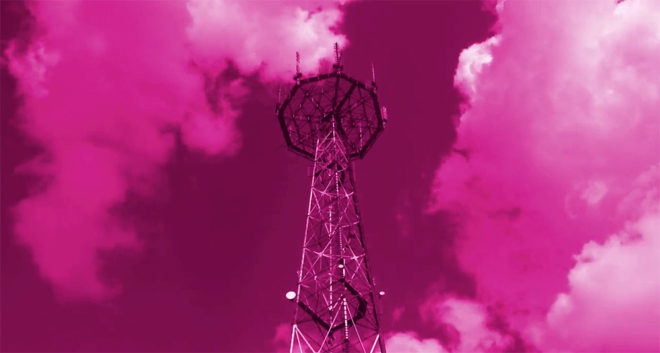T-Mobile argues that FCC made testing errors in report on rural coverage

Back in December, the FCC said that it had conducted drive tests of T-Mobile, Verizon, and U.S. Cellular’s networks and found that the carriers had misrepresented their rural coverage. The FCC said that it won’t punish the carriers because they “did not find a sufficiently clear violation”, but T-Mobile has still taken the time to respond to the FCC’s report.
T-Mobile said in a filing this week that FCC’s original report used a “flawed verification process” and that the agency “failed to follow commonly-accepted coverage testing procedures as well as its own MF-II instructions.” T-Mo then goes on to call out four ways in which it believes the FCC made errors:
- the sampling was extremely limited and not statistically sound, using only a single testing point for each grid;
- in contravention of the FCC’s own requirement to measure outdoor coverage, staff conducted drive tests using handsets mounted inside cars, which is considered in-vehicle coverage;
- testers failed to recognize or remedy the fact that their device was locked onto a 3G signal while attempting to test 4G speeds; and
- the Staff Report contains obvious measurement errors
T-Mobile then goes into more detail about the errors that it believes the FCC made. For example, it says that the FCC’s outdoor testing consisted of only seven test locations in two states and that the stationary tests were made at the locations only once.
“This is insufficient from a statistical basis to form conclusions regarding specific locations and is wholly inadequate to form the basis for conclusions about coverage,” T-Mo argues.
T-Mobile also says that using phones mounted inside a car resulted in around 6db of signal attenuation due to blockage from the vehicle.
Additionally, T-Mo argues that a number of the “failed” tests occured when the phone was on a 3G signal even though it was in an area with 4G coverage. T-Mobile suggests that the test phone may have been inadvertently locked onto a 3G signal. For example, the FCC’s testing on April 1, 2019 showed 109 failed samples on 3G in areas where 4G LTE was available, T-Mo says.
Finally, T-Mobile says that the FCC’s report contains “obvious measurement errors” including multiple reports that had RSRP values that were outside of realistic values. T-Mo points to more than 60 test results in Montana where the reported RSRP value was less than -150dBm and often had “clearly unrealistic values” like -222 or -218dBm while also showing multi-megabit download speeds.
“T-Mobile is committed to providing accurate coverage information to consumers,” T-Mo says in the conclusion of its filing. “We look forward to working with Congress, the FCC, and wireless industry in establishing an efficient and transparent wireless coverage mapping process for the 5G Opportunity Fund and other public policy initiatives in the future.”
The FCC originally conducted these tests because of concerns that some carriers may have overstated their coverage in maps submitted as part of the Mobility Fund Phase II auction. This submission process helps the FCC determine where it should allocate up to $4.53 billion over 10 years.
You can check out the T-Mobile’s full response to the original report at the FCC link below.
Via: Ars Technica
Source: FCC
